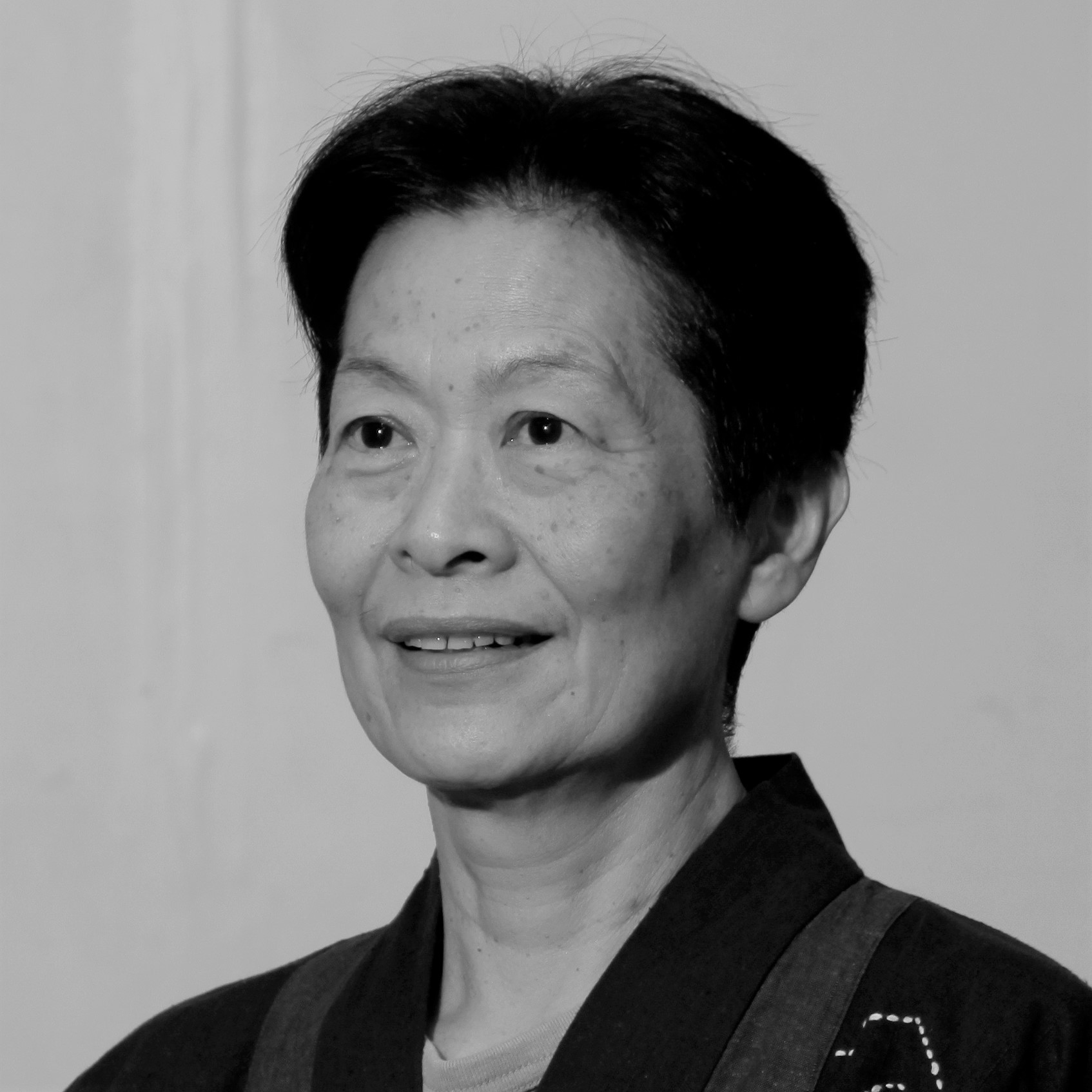- Home
- March 2023
- Time to Make Music a Central Part of Malaysian Education

Previous Post
Next Post
NCP 1971 vs. DAKEN 2021: Ethnoculturalism or Cultural Diversity?
5 min read
AFTER 50 YEARS since implementing of the National Cultural Policy (NCP) 1971, the newly dubbed Dasar Kebudayaan Negara (DAKEN) 2021, translated as “Cultural Pol...
You might also like
Imagining National Culture: Lessons From Bangsawan
6 min read
IN THE FIRST half of the 20th century, Bangsawan, or Malay opera, started incorporating the latest Anglo-American dances and music into its already cosmopolitan...
Words and Music—Two Sides of the Sense of Hearing
3 min read
MUSIC HAS ALWAYS been a phenomenon to savour for the great thinkers. One can sense how these master craftsmen of words relished being stumped when it came to an...
Discourse on Sustainability and Indigeneity: PERA + FLORA + FAUNA 2022
4 min read
Photos by PORTPERA + FLORA + FAUNA (PFF) was one of eight “must-see” exhibitions held during the 59th International Art Exhibition of Venice Biennale, themed Th...

.jpg)


